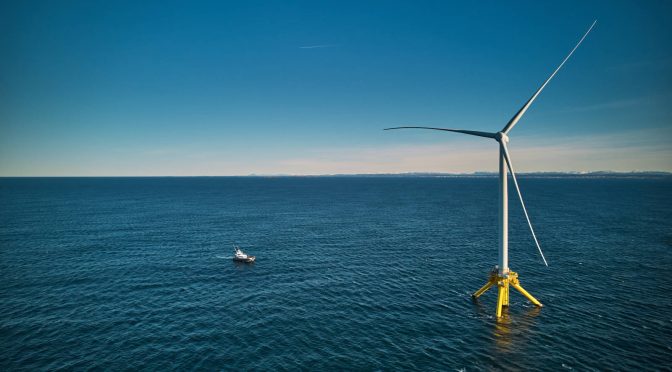
The Italian government has recognized the importance of renewable energy in its National Energy Strategy, which aims to achieve 28% of total energy consumption from renewable sources by 2030. Offshore wind power is expected to play a significant role in achieving this target, as it offers several advantages over onshore wind farms. For instance, offshore wind turbines can be larger and more powerful, generating more electricity per unit. Moreover, wind speeds are generally higher and more consistent at sea, resulting in higher capacity factors and increased energy production.
In recent years, Italy has made significant progress in developing its offshore wind sector. In 2020, the country’s first offshore wind farm, the 30 MW Taranto project, was granted authorization by the Italian government. This milestone marked a crucial step forward in the realization of Italy’s offshore wind potential and set the stage for further development in the sector.
Additionally, several other offshore wind projects are currently in the pipeline, with a combined capacity of over 9 GW. These projects are expected to be developed along the Italian coastline, particularly in the regions of Sicily, Sardinia, and Calabria. Notably, the 330 MW Messina Strait project, which will be located between Sicily and Calabria, is poised to become one of the largest offshore wind farms in the Mediterranean.
The development of Italy’s offshore wind sector has been facilitated by a supportive regulatory framework and the availability of funding from both public and private sources. In 2020, the Italian government introduced a new auction system for renewable energy projects, which includes a dedicated category for offshore wind. This system is designed to provide long-term price stability and investment certainty for project developers, thus encouraging further growth in the sector.
Moreover, Italy’s offshore wind potential has attracted the interest of major international players in the renewable energy industry. Companies such as Siemens Gamesa, Vestas, and GE Renewable Energy have expressed interest in supplying turbines for Italian offshore wind projects, while global energy giants like Eni and Equinor have entered into partnerships with local developers to explore opportunities in the sector.
However, despite the significant progress made in recent years, Italy’s offshore wind sector still faces several challenges. One of the main obstacles is the complex permitting process, which can be time-consuming and costly for project developers. Additionally, concerns about the potential impact of offshore wind farms on the environment and local communities, particularly in terms of visual and noise pollution, need to be addressed through careful planning and stakeholder engagement.
Nevertheless, the future of Italy’s offshore wind sector looks promising. As the country continues to invest in renewable energy infrastructure and technology, offshore wind power is set to play an increasingly important role in Italy’s energy transition. By harnessing the power of the Mediterranean, Italy can not only reduce its reliance on fossil fuels but also contribute to global efforts to combat climate change and promote a more sustainable future.